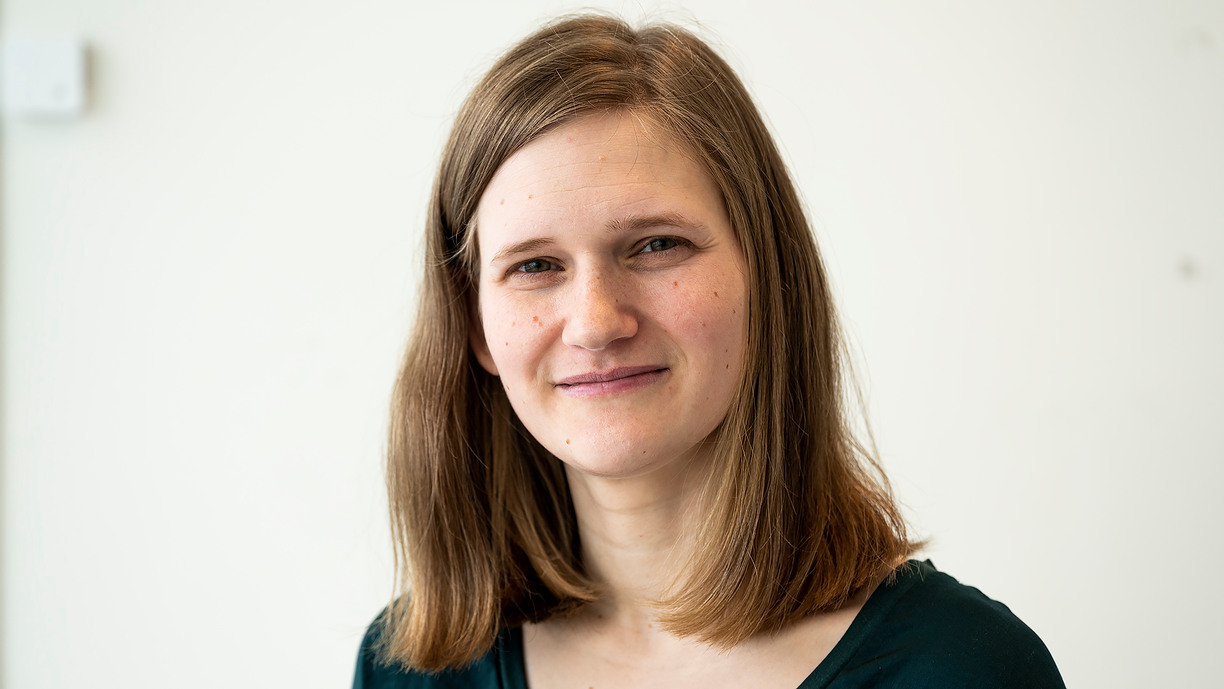
Angelica Lindwall. Photo: Staffan Westerlund
5 May 2023
New dissertation: 3D printing and creativity in space industry
Additive manufacturing, often called 3D printing, has become an increasingly common manufacturing method in industry, not least in the space industry. The new technology is often expected to automatically invite creative solutions. But a new thesis in product innovation at Luleå University of Technology shows that concrete methods are required for the creativity of the engineers who work with 3D printing to reach its full potential
3D printing is a manufacturing method where a three-dimensional component is built up layer by layer based on a digital model. It can be compared to using a regular printer to write the same letter over and over again in the same place on the paper until you get a three-dimensional letter made of ink. But instead of ink, you can use completely different materials, for example plastic, metal, sand and wood flour. One of the advantages of 3D printing over traditional manufacturing methods is that it produces very little waste, which is both cost-effective and beneficial for the environment.
“With the help of 3D printing one component can be manufactured as one part instead of several, which would have been necessary with traditional manufacturing methods”, says the dissertation's author, Angelica Lindwall.
New solutions and requirements
The new manufacturing method opens up the possibility of new solutions, but also places new demands on the engineers who must develop these solutions. In her thesis, Angelica Lindwall has studied four companies in the space industry and one company in the energy sector using interviews and workshops as well as observations and the companies' own documentation of the design process.
The empirical material shows that there is a lack of both sufficient and available material data for the product developers to be able to design products for 3D printing and that it is important to highlight the analytical perspective in the creative process.
“The people I have interviewed are used to being experts in their field. However, in this area they do not have sufficient knowledge because 3D printing is such a new technology that no one really knows how to use it yet.”
Pressure from external actors
Important for the creative process is motivation. The lack of knowledge affects motivation negatively, as does the pressure from external actors.
“The space industry is heavily dependent on political decision-makers. Since political decisions are constantly changing due to shifting political balance of power, governance can become unclear and lead times long. It is important that the individual product developer receives support from their own organization to be able to handle this external influence because it affects the individual's inner motivation to use 3D printing”, says Angelica Lindwall.
Based on the analysis of the empirical material, Angelica Lindwall has developed a framework for how engineers' creativity could be better utilised when applied to additive manufacturing. The framework deals with the individual's motivation, creative thinking and expertise around the use of 3D printing. In order to understand how the product developer can make use of his creative ability, nine character traits have been highlighted, character traits that the individual needs to relate to in order to facilitate the introduction of the new technology in the design process.
Applicable to other techniques
She stresses that the point of her conclusions and model is that they give an indication of how to introduce new technologies in production, regardless of what these technologies are.
“3D printing is the biggest thing that has happened in the manufacturing industry in recent decades. But in the future there may be new innovations that will radically change the conditions for product development. My framework should be applicable to them as well.”
Published:
Updated:
